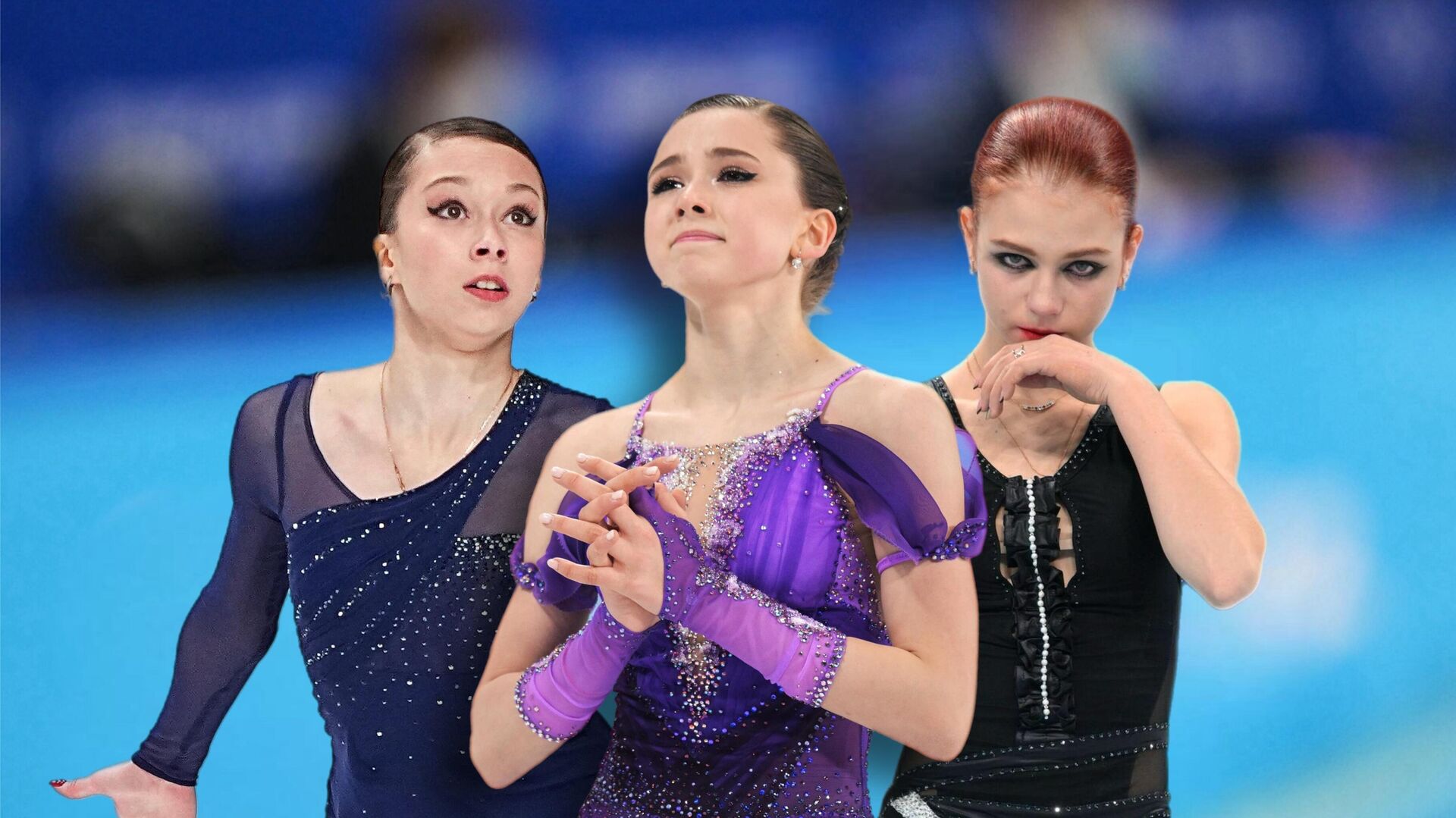
br>
Sport correspondent shares his thoughts on trends in women's single skating following the results of the recent Russian Championship — and possible paths it could take.
Tutberidze herself outraged
For many, many years in Russia they dreamed of their own Caroline Costner. In case anyone has forgotten, this is a world and European champion and bronze medalist of the Olympic Games in Sochi — an Italian figure skater with unique gliding and the ability to embody artistic images on ice. She was held up as an example of how technical skill and artistry can be combined in figure skating.
By the way, Kostner was very fond of Russian figure skating, studied the Russian language, and towards the end of her career she even moved to permanent training in the group of Alexei Nikolaevich Mishin. Of course, not to master quadruple or triple axels. The most difficult thing Costner performed on ice was the triple flip-triple toe loop cascade. In her time, this level was enough. After all, the Italian took advantage of others — gliding, transitions between elements, musicality, choreography — that is, all that is now called the components of the program. For them, Carolina received huge points — and no one argued that it was deserved.
But it didn’t work out to raise her Kostner in Russian women’s figure skating. And the leading coaches took a different path — namely, turning it into maiden skating, with complex multi-turn jumps. They were first put on stream in the group of Eteri Tutberidze. First Alexandra Trusova appeared, then the quads began to grow like mushrooms. Other trainers followed her. What to do — according to the current system, if an athlete scores a huge amount of points for technique, then it is impossible to cope with it with any components. I remember that one of the members of Tutberidze’s headquarters, in an informal conversation, almost apologized for the fact that it is simply impossible to fight with Trusova of the best example, if she does all her quadruples flawlessly, even theoretically. Even if they give all tens for the components, according to the current judging system, the second score is limited by the “ceiling”. And the first, technical, is limitless.
Sasha Trusova, even as a junior, became a real pioneer in mastering quadruple jumps, and it was not for nothing that fans gave her the nickname “Russian Rocket”. But from time to time she fell during performances from the ultra-c elements so terribly that, out of emotion, I once wrote a material entitled “Leave the quads to the men,” which outraged not only the fans of young quads, but also, as I was told, Tutberidze herself. Although all he proposed there was to compare, with the help of the expert community, the risks to health and, accordingly, long careers of figure skaters with possible benefits.
Well, the benefits turned out to be extremely tempting. As soon as Russian girls with quadruple jumps and/or triple axels reached the senior level, they began to dominate and take medals. The TSHK trinity — Trusova, Anna Shcherbakova, Alena Kostornaya, Maya Khromykh, Kamila Valieva — these names are known all over the world. After the removal of Russian skaters, Sofia Akatieva, Adelia Petrosyan, Sofia Muravyova reached champion heights, largely thanks to quads and trixels.
But it’s impossible not to notice the other side of the medals. For starters, none of those girls who churned out quads and triple axels with a youthful and light body were able to do it with such ease once they grew up. The only exception is Elizaveta Tuktamysheva. This is a unique athlete, who, of course, is on the list of the most important Russian champions in recent years. But the exception, alas, usually emphasizes the rule…
This terrible puberty
This is what happened or is happening to the main stars who took titles and medals with programs that included ultra-C elements:
Trusova after she achieved five quadruples in her free program at the Beijing Olympics Having performed three jumps, she never performed them again at competitions. And then I abandoned the competition itself.
Shcherbakova followed the same path, only she stopped competing in tournaments immediately after the victorious Games 2022.
Valiyeva continues to participate in tournaments after Beijing, but has had no successful attempts at four-revolution jumps or a triple Axel she was not in the competition (the Russian jumping championship does not count, since there is no program there).
Kostornaya lost her triple axel after switching to Evgeni Plushenko. The famous video with the two-time Olympic champion shouting “Axelek, come on, Axelek” is the last memory of this jump. Now the skater performs in pair skating, and she is clearly not up to the axelka.
Khromykh beat Shcherbakova in the pre-Olympic season, but then from -I was out for a long time due to injuries. Now she is trying to return, but rather unsuccessfully — for example, Khromykh took last place at the recent Russian Championship in Chelyabinsk.
Akatieva became the Russian champion last season, but was unable to enter the current season due to injuries. Since there is no official information about the figure skater’s condition, and unofficial information is often contradictory, we will limit ourselves to this wording.
It is important to note that the oldest on this list is Kostornaya, she is 20 years old. The rest are teenagers.
Several more figure skaters who do not have all-Russian fame deserve mention in this list. None of them have yet reached adulthood:
Sofia Samodelkina — in childhood she mastered both quadruple and triple axels, last season she began to mature rapidly, which is why the ultra-c elements became unstable, and then the results dropped. The figure skater is now in limbo — she intends to compete for Kazakhstan. They say that Samodelkina has improved with difficult jumps, but she has nowhere to demonstrate this — the figure skater is not competing at official tournaments this season.
Anastasia Zinina — when she trained at the Plushenko Academy, she did ultra-c and was considered one of the most promising figure skaters in the country. Then there was a scandalous expulsion for violation of discipline (did not listen to the coach), work with Alexei Vasilevsky, and in January of this year an injury right during the Channel One Cup. Since then, nothing has been heard about the skater.
Sofia Titova performed the ultra-c with a bang last season, and her coach Evgeni Plushenko said that the triple axel became an ordinary jump for the skater. This season, the athlete’s body began to change, and the ultra-si elements disappeared.
Veronica Zilina is another figure skater from Plushenko’s group who cracked quadruples like nuts. I was injured in October of this year and haven’t played since then. Now nothing is officially known about her condition.
All of the above examples are, of course, individual. But there are enough of them to draw a conclusion: figure skaters extremely rarely transfer ultra-si elements through the barrier called “puberty.” Very often, careers break down as they grow up: young athletes experience such stress when training quadruples that their health does not last long.
Give a chance not only to Valieva and Co.
Perhaps this is also the reason why among the current elite of singles athletes at adult tournaments there are few who regularly try to perform ultra-c elements. But they exist, and they rule the roost.
Petrosyan — this season competed in quadruple flips and toe loops, as well as a triple axel. At the stages of the Russian Grand Prix there were two successful attempts — and two victories. There were also two good quadruples at the Russian Championship — thanks to them, the skater managed to win gold.
Muravyova — her signature triple Axel did not work out at the Russian Grand Prix stages (gold and bronze), but at the national championship she successfully came out twice . The result is silver.
As for junior tournaments, there are, naturally, much more quadists and trixelists. Alisa Dvoeglazova, Margarita Bazylyuk, Alena Prineva — this is only a small part of them. But will they replace the current leaders? This is a big question at the moment. After all, the International Skating Union (ISU) has raised the minimum age for entry into adult competitions. Previously it was 15 years, now it is 17 years. If the FFKKR is going to follow the new rules — and the leaders of our figure skating did not seem to say otherwise, then it is likely that at some point there will be a need to look for new ways to educate champions.
And here the following thought comes to mind: is it necessary to look for something? Maybe just look around? And remember that figure skating is not uniquely rich in technical complexity?
History, as we know, develops in a spiral. Once upon a time we even had sayings like “figure skating is not figure jumping.” Then everyone was so captivated by the topic of girlish quadruple jumps that it became somehow even indecent to say out loud that Sasha Trusova was simply running away in front of her ultra-cs, not particularly bothering even with simulating a difficult approach. That Liza Tuktamysheva first rode in a circle on her two Trixels, and only then began to perform the program. But what is much more important is that at the same time it has become just as inconvenient for judges to lower scores for components to those who, to put it mildly, pay less attention to them than to technique.
We will not delve into all the protocols of recent years — we will open the most recent one, from the Russian Championship in Chelyabinsk. Women's free program: Valieva has the highest second score — 76.00, followed by Muravyova (74.57), Petrosyan (74.46), Anna Frolova (72.20) and Ksenia Sinitsyna (72.10). Are these numbers objective?
If we compare it with what the above-mentioned figure skaters showed on the ice, we have to admit — not very much. At least in relative terms. Kamila’s components, whatever one may say, in this top five should be the lowest — exactly six points less. She made a serious mistake (fall), plus she didn’t have enough strength for the entire program, and from the third minute the skater simply finished her off. Sophia and Adeliya — we can probably agree with their scores, although Petrosyan’s scores also should have been slightly compressed for her fall from a quadruple flip.
But the biggest injustice here, and many people are talking about this more and more loudly, is that the components of Sinitsina and Frolova should be the highest. Yes, these skaters — who, by the way, have already passed puberty — are not trying to do ultra-si elements. But they perform the programs with the highest choreographic skill, paying attention to the most insignificant nuances. Plus sliding — pay attention to how Ksenia and Anna pick up speed, how their steps in the path fall under the musical accents. Even if you didn’t notice anything at first, but felt that you had just seen a masterpiece, reconsider to understand how this impression was achieved.
And then, perhaps, you will agree with the main argument in favor of the fact that the bonus for entering ultra-si elements cannot be automatically included in the assessments for components. Or, more precisely, the fact that the second assessment must still honestly reflect everything that forms it — and what is clearly stated in the rules. The fact is that behind the choreographic and relaxed performance of programs without quadruples lies no less work. One is not born with this skill, as some might think. Yes, there are athletes who are naturally more flexible, others less so, but gliding soaring and accurately hitting musical accents also means long, long hours of training. And those athletes who follow this path deserve exactly the same encouragement in the form of high marks.
Summarizing all of the above — no, I will no longer call for “leave the quads to the men.” If little girls, as well as their parents, want to progress through mastering the elements of ultra-si, despite the risk of repeating the fate of those whose careers crashed during puberty, this is their choice. But with the advent of a new age limit, we need to realize that this path is not only not the only one, but also, quite possibly, not the most optimal one. Let's not put artificial barriers to those who put art above all else in figure skating — especially since it is embedded in the very essence of this sport. Give Sinitsyna, Frolova — and all those who walk along this road — a chance. Let the spiral of history take the long-awaited turn.
And then, lo and behold, our Carolina Costner will finally appear.
< br>



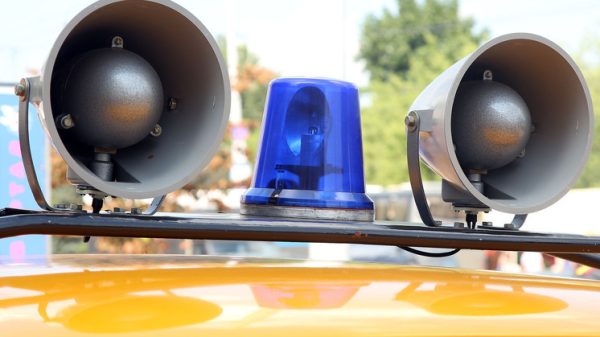
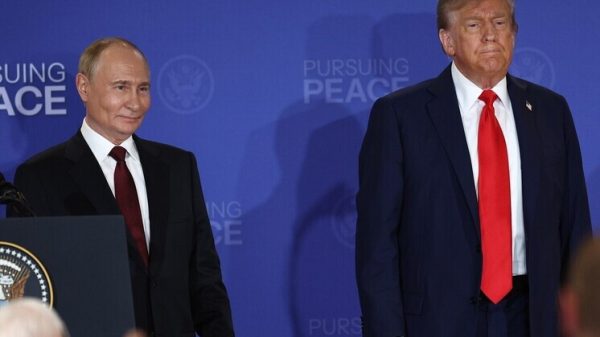



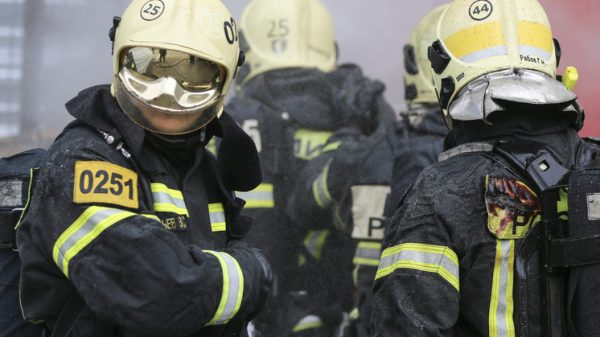
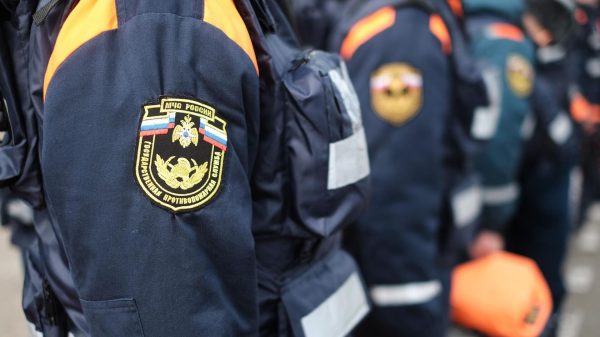

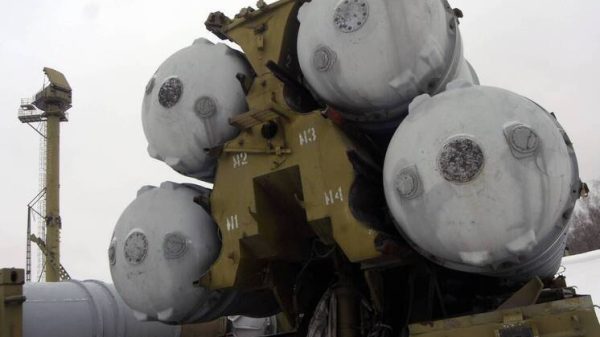

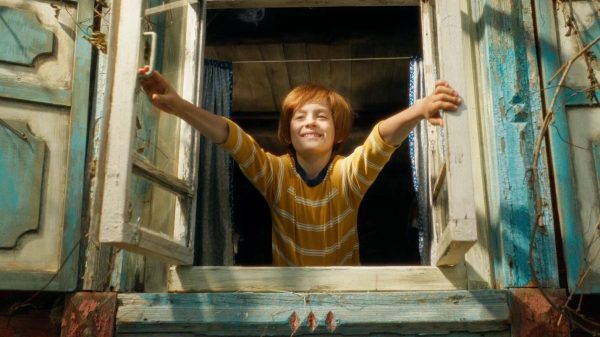












































Свежие комментарии